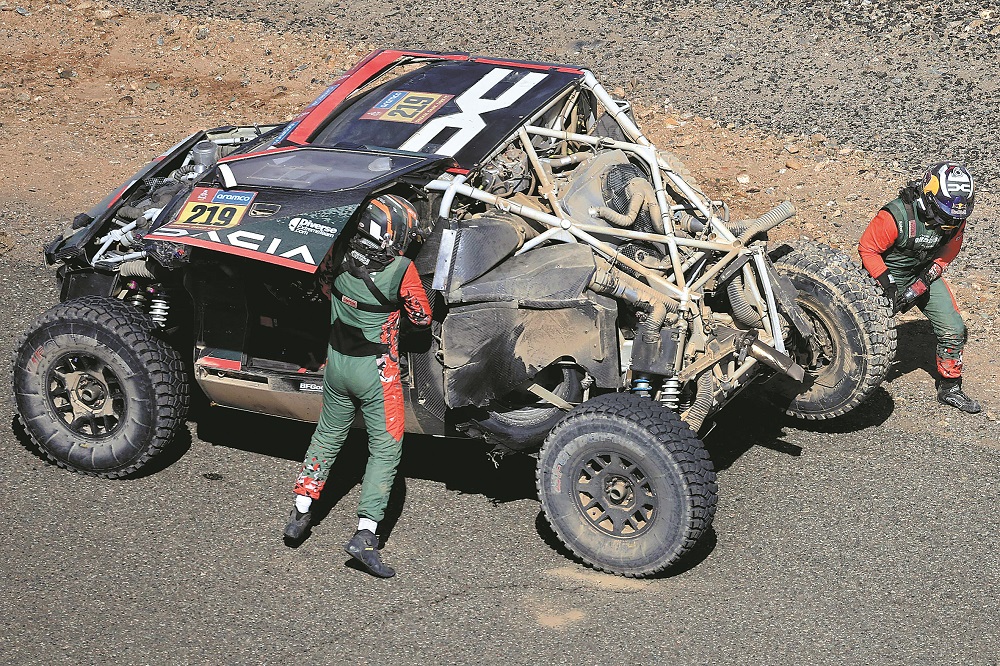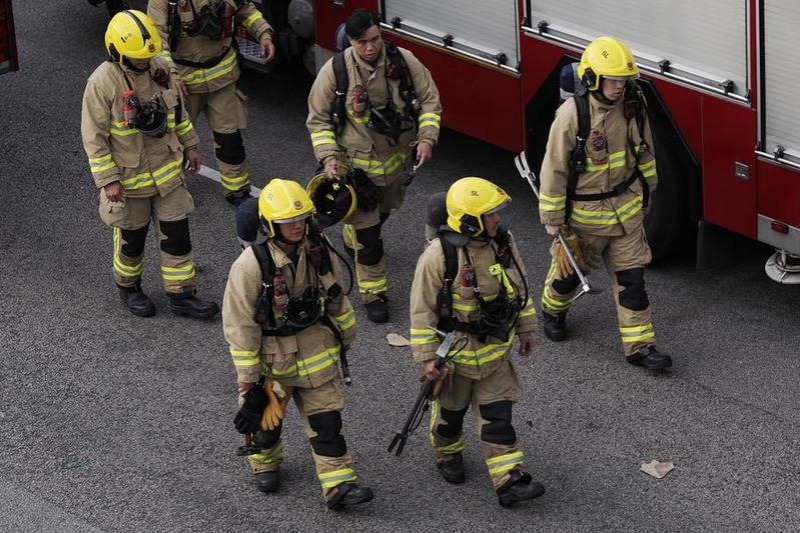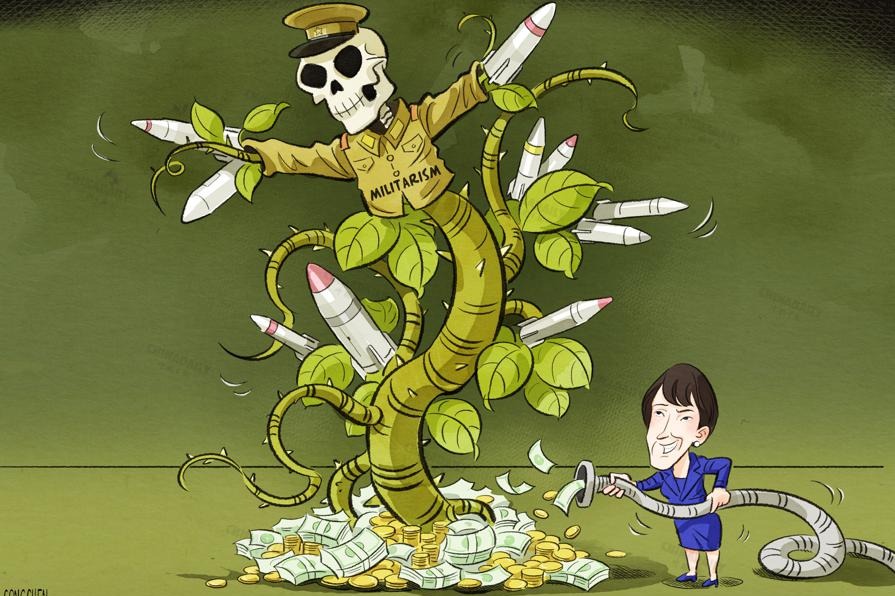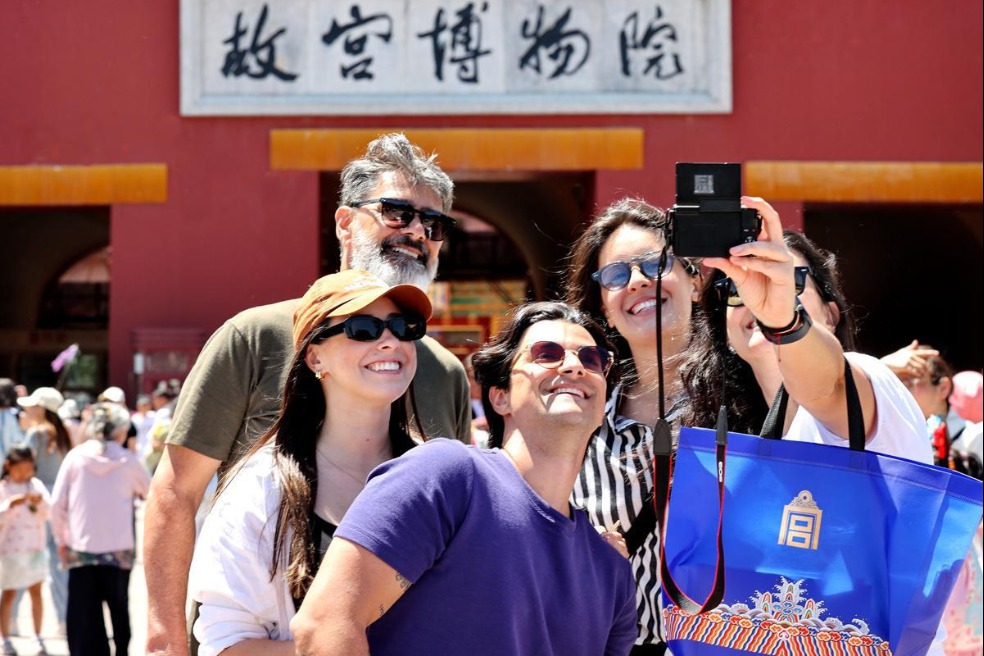Dakar goes to town with its logistics
Behind the scenes, a vast, nomadic city provides a platform for the entire race


Double the effort
"Each site (bivouac) takes around 10 days to set up," says Arnaud Calestroupat, Dakar logistics manager. "First we level the ground, then we install the structures, the electrics."
As much as possible, the logistics team duplicates what it can to get as far ahead as possible in the assembly of each site.
For example, there are two race control centers. The one used in the first bivouac goes directly to bivouac three, while its duplicate in bivouac two is sent to bivouac four, and so on.
Similarly, the catering tent, which will serve up in the region of 100,000 meals over the duration of the rally, has four different iterations that alternate with each other at each staging post.
Thanks to these rotations, the organizers can stay almost two bivouacs ahead of the actual race.
Each bivouac is structured in the same way.
"In the center is the technical area, which is the work area," says Calestroupat.
"Opposite that is the living area, which is accessible to everyone, where everyone can meet and get together. And around these two large areas will be all the paddocks."
The paddock is where the teams have their living quarters.
Not everything can be cloned, however, starting with the people.
At each change of bivouac, 500 people, including organizers, press and teams, are moved at dawn by specially chartered planes, so that they can be at the finish point, several hundred kilometers away, even before the start of the race.
As for the television production team, they must have finished their work by early evening to pack up the equipment and transport it overnight by truck to the next location.
There, it is immediately re-installed so that it is ready to go again when the cars and bikes start the next morning.
The gigantic scale of this operation requires an army of men and women: out of the 3,500 people usually accommodated at a bivouac, the organization and the various service providers account for some 800 to 900 people.
But, none of this will be seen on television, which will focus instead on the men and women bravely throwing their vehicles across the dunes in a bid to win the rally.
And nobody would have it any other way.
AFP
























